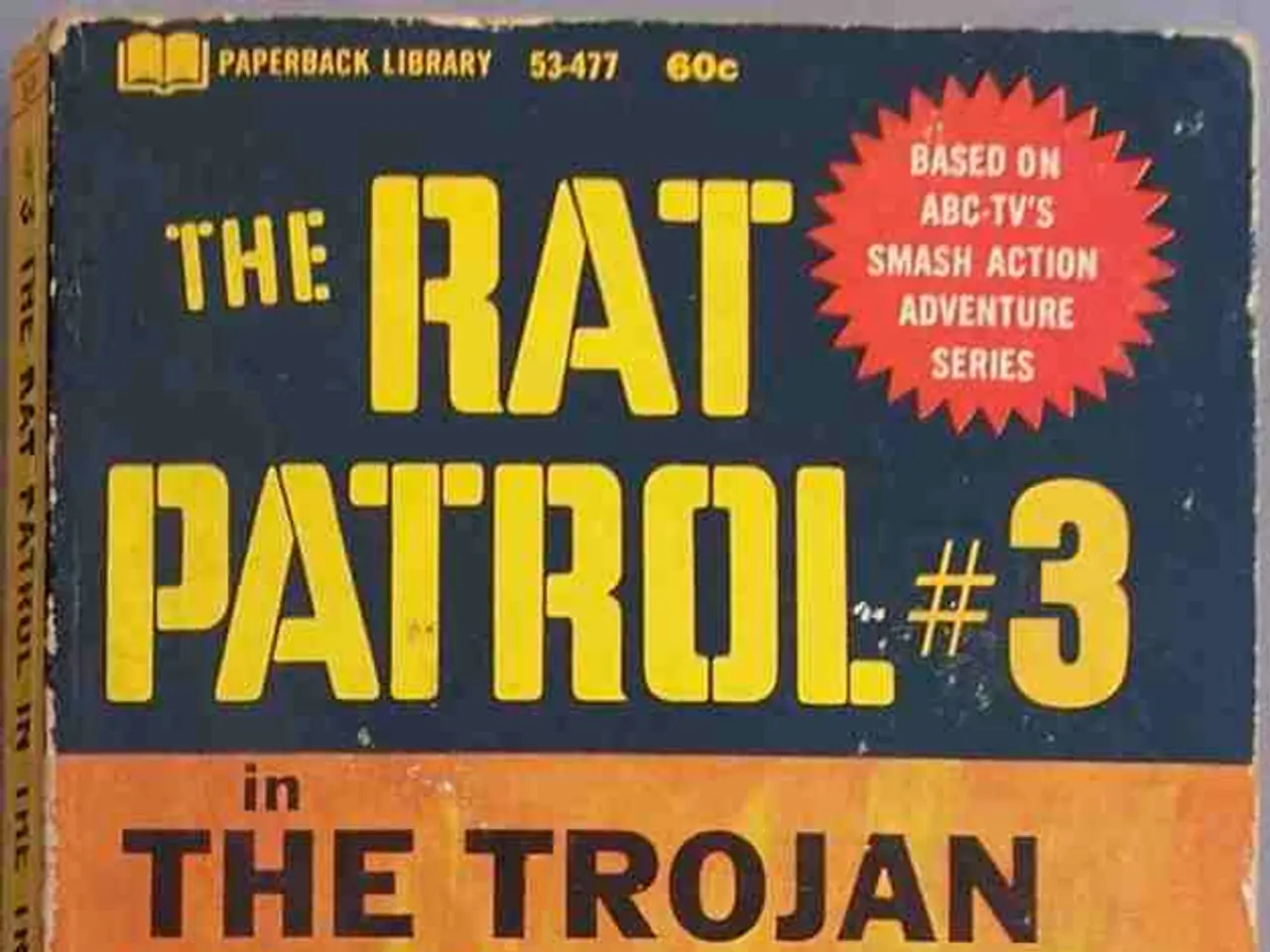Unauthorized Access Granted: Covert Radio Hacks Exposed
**Unveiling the Secret History of Suitcase Radios Used by Spies During World War II**
In the clandestine world of espionage, a remarkable innovation emerged that played a pivotal role in the Allied efforts during World War II and beyond: the suitcase radio. These compact, portable devices were designed to be easily concealed and operated covertly, providing wireless operators with a means to transmit vital intelligence back to Allied commands while remaining undercover.
### Development and Features
The suitcase radios were ingeniously disguised as ordinary suitcases or everyday objects, enabling operators to blend in and avoid detection by enemy forces during searches. These radios were equipped with features such as false identity papers and miniature explosives, highlighting their multifunctional covert nature.
Wireless operators, many of whom were women recruited and trained by organizations such as the British Special Operations Executive (SOE), faced extremely dangerous conditions due to the presence of German direction-finding vans that could triangulate radio signals within 20 minutes. This made their operational life expectancy as short as six weeks.
### Impact
The use of suitcase radios allowed for efficient covert communication with Allied forces, which was essential for coordinating resistance activities, sabotage operations, and intelligence gathering in occupied territories. The interception and decoding of enemy radio communications played a significant role in counterintelligence efforts, such as the British ability to identify and turn nearly 30 German agents into double agents before they could cause harm in the UK.
The risk and ingenuity involved in using suitcase radios contributed to the broader effectiveness of underground networks, including the French Resistance and the SOE, enhancing their ability to disrupt Axis operations and supply critical intelligence for Allied campaigns.
### Cold War Continuations
The use of suitcase radios did not end with World War II. Radio technology continued to be a significant factor in the Cold War, with some Cold War bugs being passive, like the "Great Seal Bug" placed in the US Ambassador's residence in the late 1940s. Radios were used for various purposes, including coordinating battlefield units and detonating anti-aircraft artillery shells.
World War II marked the beginning of the first electronic war, with radio technology becoming a significant contributor. The Romanian Securitate, for instance, used shoe bugs until they were discovered during routine sweeps that revealed the presence of radio signals.
### Notable Operators
One such operator was Virginia Hall, who, despite her disability, became a forward agent for the Allies during World War II. Hall used a suitcase radio, a portable transceiver, during her operations behind enemy lines. She earned a Distinguished Service Cross for her efforts against the Nazis.
Hall worked with the British Special Operations Executive (SOE) and the US Office of Strategic Services (OSS). Operators of suitcase radios were meticulously trained and provided with a full set of spares and schematics for troubleshooting.
### Design and Innovation
The British B2 radio, operated like a backpack, was housed in two metal housings with padding for the delicate electronics. It was designed to be waterproof and durable for field operations, and its waterproof containers were designed to be dropped to covert agents on a parachute.
Suitcase radios primarily used continuous wave (CW) modulation and Morse code for their ability to punch through interference. The radios were designed to operate under adverse conditions and had controls to tune various lengths of wire into decent antennas.
In essence, suitcase radios were a vital innovation in WWII espionage, facilitating secure, mobile, and covert communication that significantly influenced the war's intelligence and resistance activities. Their use by highly trained and often young and courageous wireless operators was a key element in the Allies' espionage success behind enemy lines.
During the Cold War, the significance of radio technology persisted, with devices like the "Great Seal Bug" being used for clandestine purposes, similar to the suitcase radios employed during World War II. In the aftermath of the war, these radios continued to be instrumental, such as in coordinating battlefield units or detonating anti-aircraft artillery shells.
The technological advancements in suitcase radios, initially developed for suitcase-style concealment during World War II, were exemplified by innovative designs like the waterproof British B2 radio, ensuring its durability for field operations even under adverse conditions.




